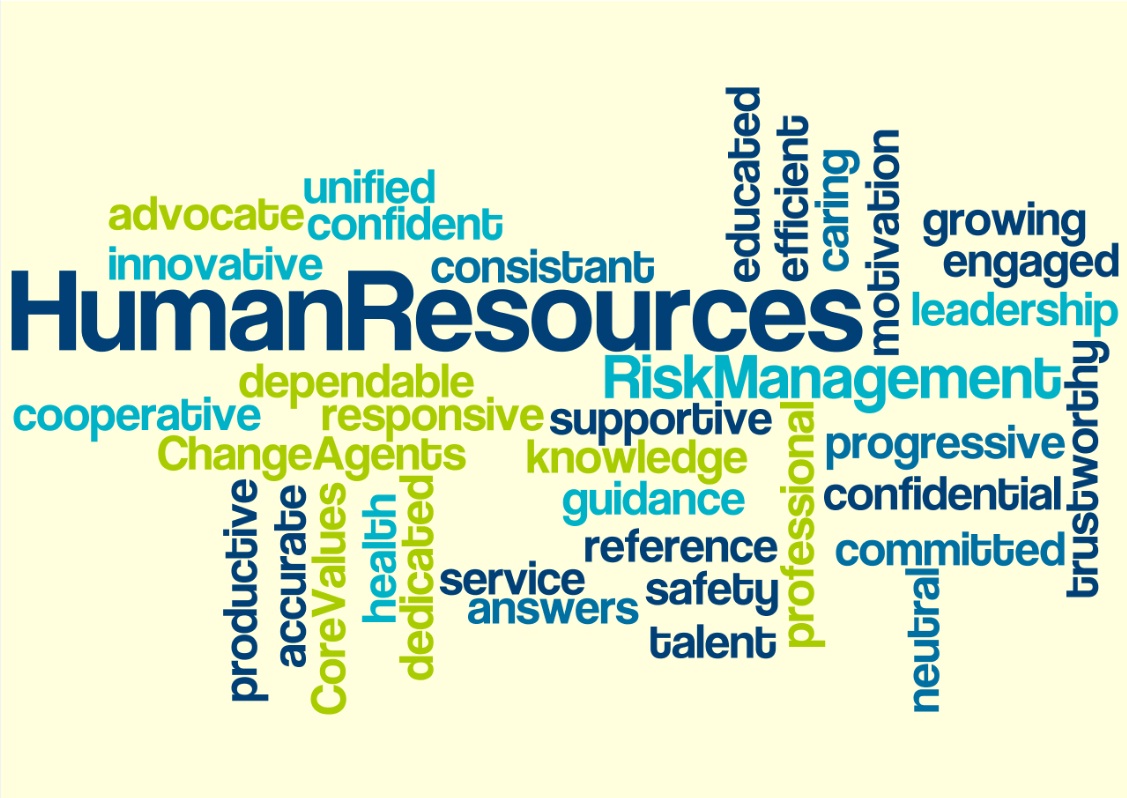A system is a set of interrelated but separate elements or parts working towards a common goal.
The enterprise procures and transforms inputs such as physical, financial and human resources into outputs such as products, services and satisfactions offered to people at large.
To carry out its operations, each enterprise has certain departments known as subsystems such as production sub-system, finance sub-system, marketing sub-system, HR sub-system etc. Each sub-system consists of a number of other subsystems.
ADVERTISEMENTS:
Note: It should be noted here that, the various internal sub-systems of the organisation operate within the framework of external environment consisting of political, social, economic and technological forces operating within and outside a nation.
Management is primarily dealing with human beings and human problems are present everywhere. According to Lawrence Apply, “management is the development of people, not the direction of things”.
As the central sub-system, HRM interacts closely and continuously with all other sub-systems of an organisation.
ADVERTISEMENTS:
The quality of people in all sub-systems depends largely upon the policies, programmes and practices of the HRM sub-system.
HRM has become very significant in the modern era of automation and computerisation, because machine is useless without competent people who can run it. The significance is due to the following factors:
1. Increase in the size and complexity of organisations.
2. Rise of professional and knowledgeable workers.
ADVERTISEMENTS:
3. Rapid technological developments.
4. Increasing proportion of women in the workforce.
5. Growing expectations of society from employers.
6. Revolution in information technology.
7. Rapidly changing jobs and skills requiring long-term manpower planning.
